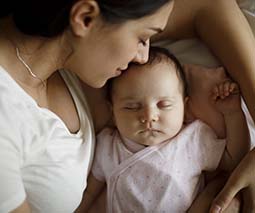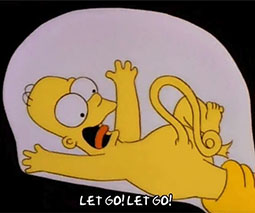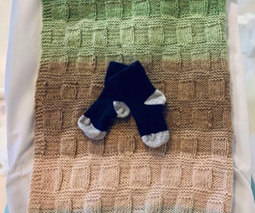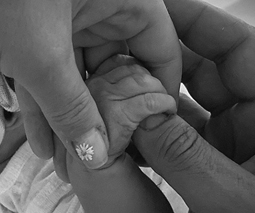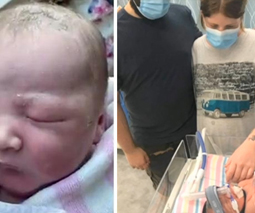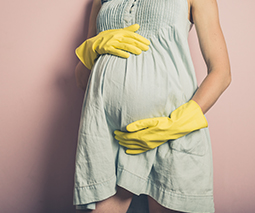Does inducing labour increase or decrease the likelihood of c-section delivery?
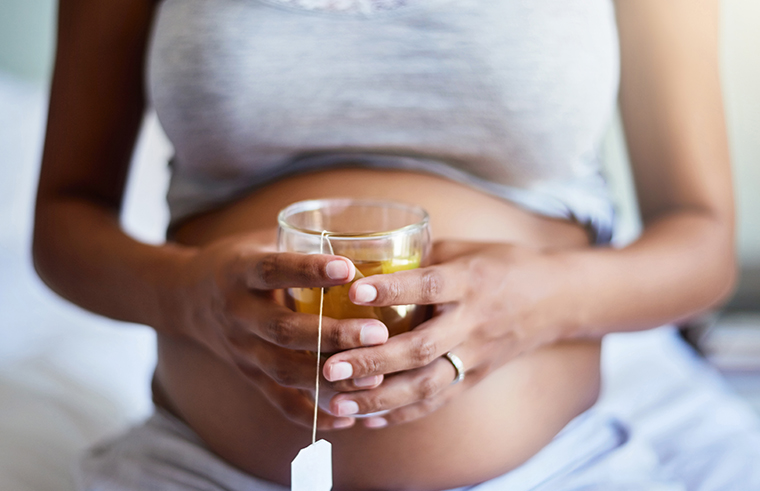
Mid-2018 it was reported that the induction of labour decreases the likelihood of a woman having a c-section delivery. But new research has found that this may not always be the case.
Mixed messages
An Australian team are shedding new light on this previous finding that induction – that is breaking a pregnant woman’s waters or administering medication to bring on labour – could make women less likely to have a caesarean section
They undertook a retrospective observational study in two Sydney hospitals from 2009 to 2016, and have just published a paper detailing their findings.
They found that induction can sometimes increase the need for a c-section, but that this usually is more likely to happen in women whose babies were already becoming stressed or unwell. Induced younger women with babies who were having problems in utero or becoming distressed were more likely to have a c-section than older ones.
“Induction of labour was positively associated with increased caesarean delivery for suspected foetal compromise among young women (less than 30 years), with the association weakening as maternal age increased,” the study authors explained.
But if women had their labour induced because it wasn’t progressing speedily enough, there wasn’t this increase in the need for a c-section delivery.
In fact, the research team found that in this slow-progressing group of labouring women, the induction could even decrease the likelihood of needing a caesarean delivery.
Horses for courses
In other words, the initial reasons behind the induction appeared to determine whether that induction led to c-section. Not undergoing the induction itself.
“Induction of labour has different effects on the likelihood of caesarean delivery for slow progress and for suspected fetal compromise,” the study authors confirmed.
“Women [under] 30 years of age are at higher risk of caesarean delivery for suspected foetal compromise, potentially due to uterine hyperstimulation.”
It’s hoped that delving further into the impact of induction on birth will lead to more informed choices for labouring women and more extensive information about the impacts hurrying a baby along may have.

